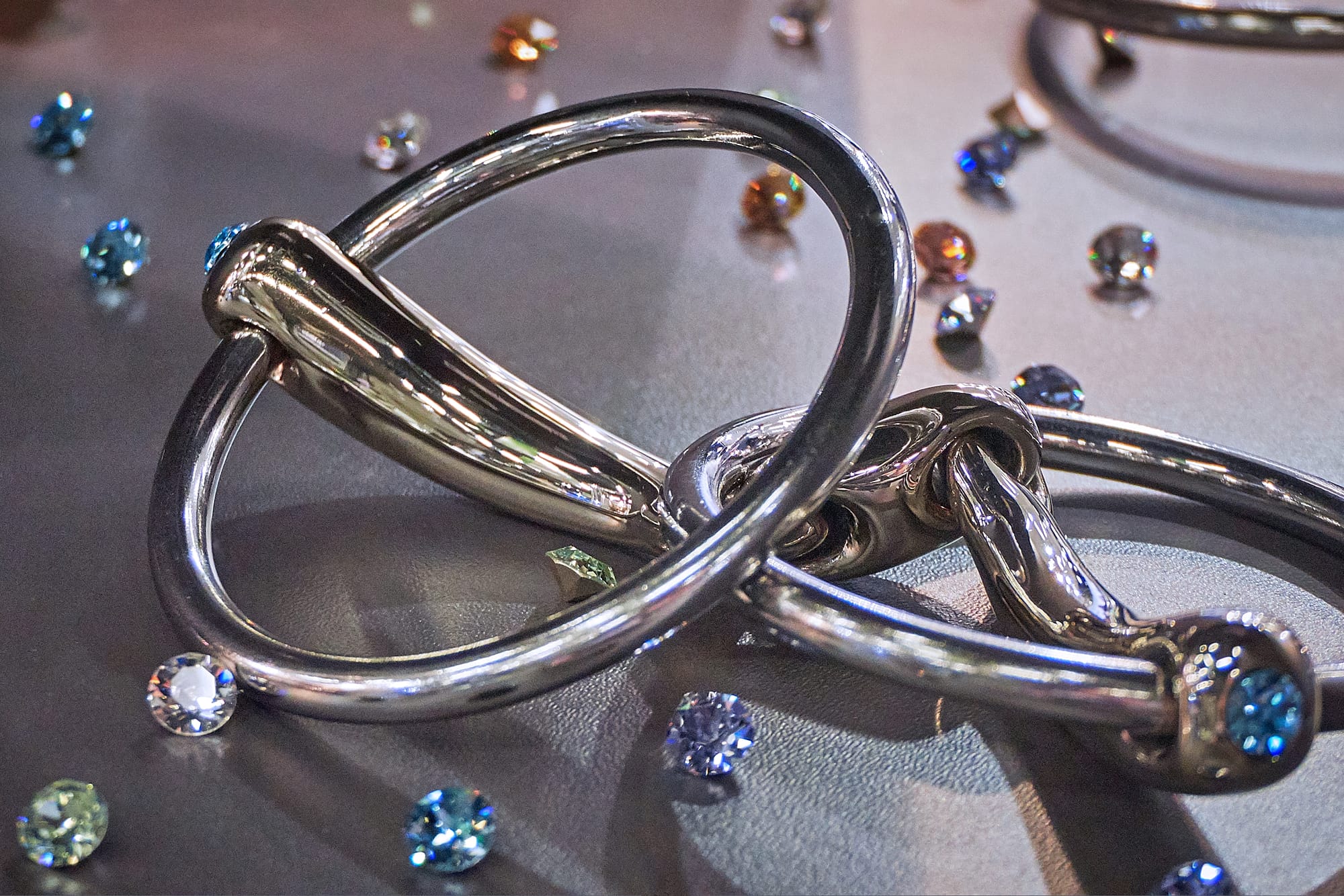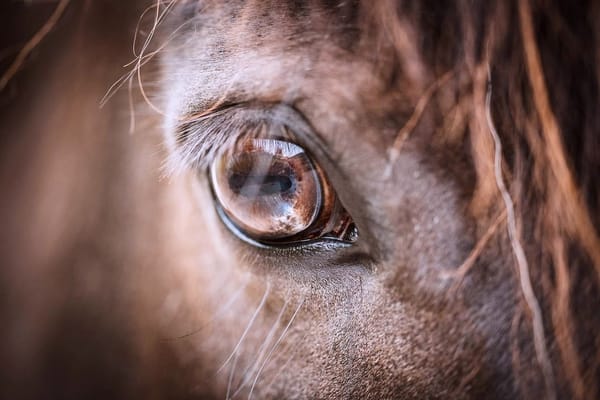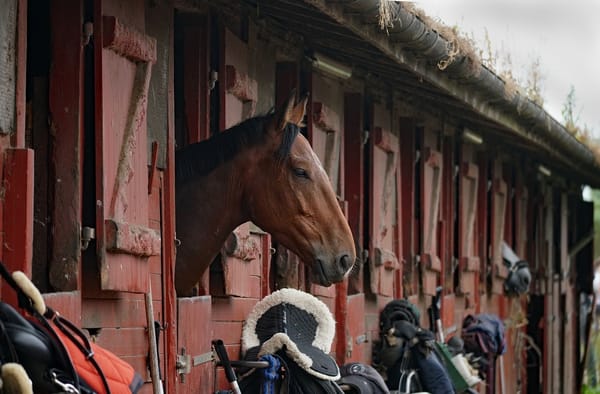Eventing horse test positive for controlled substance
A Belgian eventing horse has tested positive for the controlled substance Lidocaine, resulting in the case being listed under the Table of Administrative Sanctions.

Administrative proceedings are regulated by Article 8.3 of the FEI Equine Controlled Medication Rules. The normal use of Lidocaine is as a local anaesthetic for a temporary release of pain, and it is listed as a Prohibited Substance - Controlled Medication.
According to the FEI Clean Sport app, if administered subcutaneous the detection time for Lidocaine is around 48h, the withdrawal time is longer.
Detection Times vs. Withdrawal Times in Doping Control
In equine anti-doping, detection time and withdrawal time are two crucial but distinct concepts:
- Detection Time (DT): The period during which a substance can still be found in a horse’s system through drug testing. This is based on controlled studies and depends on factors like metabolism, dose, and administration route.
- Withdrawal Time (WT): A safety margin recommended by veterinarians to avoid positive drug tests. Since horses metabolise drugs differently, withdrawal times often include a buffer beyond the known detection time.
It's the PRs responsibility to ensure a horse is fit to compete and also "clean" by competition time. PR is referring to Person Responsible also known as the rider!
The horse was already dead..
So far so good, if it wasn't for the detail that these blood samples came from a dead horse. This horse collapsed and died inside the event stables at an event in late September last year.
Indeed a tragic event!
A spokes person at the FEI confirm that Equine Anti-Doping and Controlled Medication (EADCM) testing was performed approximately 20 minutes after the incident.
This is a mandatory procedure, and is carried out in all cases of equine fatalities.
Apart from Lidocaine the analysis did not detect any additional substances, that would constitute a violation of the FEI EADCM Programme. If present, any such findings would have been published in accordance with FEI regulations.
Further more there were no evidence to suggest Lidocaine was the cause of death.
Kind of straight forward information that is answering a lot of the initial questions about this particular and somewhat weird case.
Still, some questions remain!
One of the bigger question that remains is why any horse is even treated in relation to an event in the first place?
With all eyes on the equestrian sport it seems we're getting more and more weird animal abuse and doping cases in our sport.
The latest update of Administrative Sanctions, which is the "light version" of doping if you'd like, currently have five endurance cases, and the one eventing case on the list.
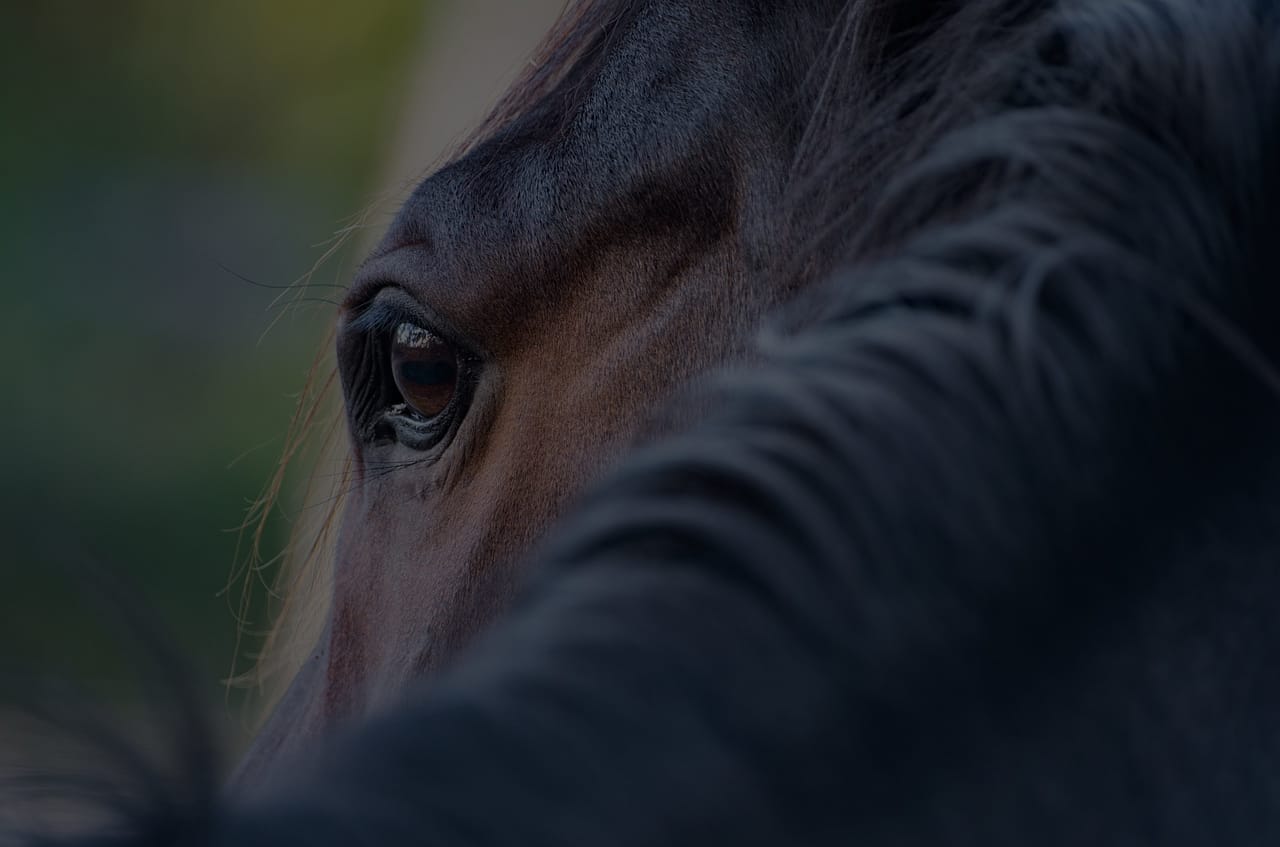
Buy Me a Coffee
Buy Me a CoffeeBelow is the actual EAD - Equine Anti-Doping - list, again a list that seems completely over crowded by endurance cases but both dressage, jumping and eventing are represented.
In the case of the eventing horse, it is the same substance as found in the Belgian eventing horse in Paris, and since the ban is lifted, maybe these two are related to the same batch of contaminated supplement. I don't know that it is, but it would make sense.
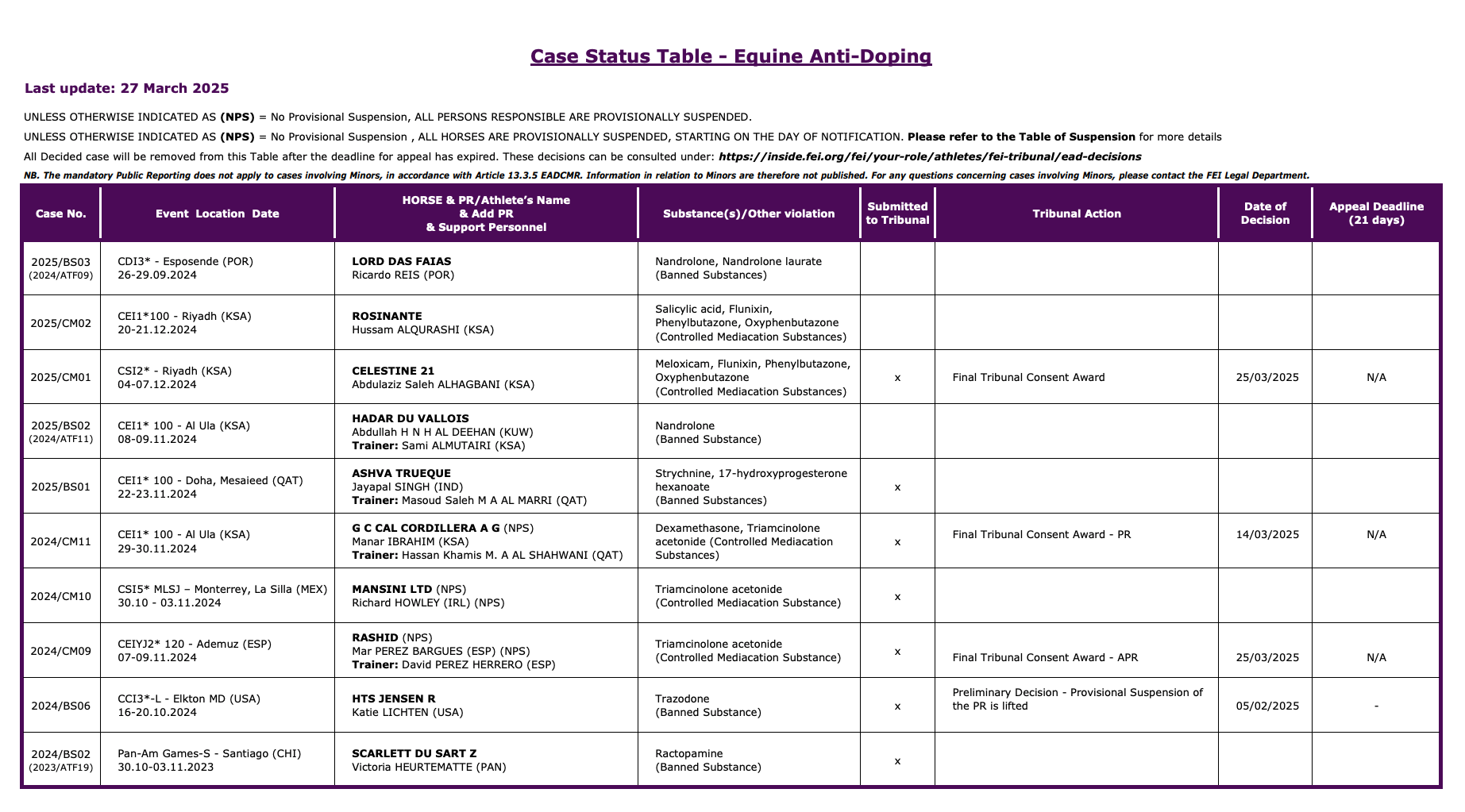
Are they really that stupid, or plain arrogant?
It is an unfortunate and known fact the endurance riders from the Middle East seem to be overrepresented in cases connected to horse abuse as well as doping. Which in itself is a complete other story to be told.
Still, what is it that make top level riders make stupid decisions and risk their horses, themselves, and their personal reputation?
Cause there are plenty of cases over the years that make people think the riders - the Person Responsible - seem to believe it is perfectly ok to treat their horses with banned and or controlled substances in relation to an event.
Can it really be they, quite frankly, are that stupid?
Cause it cannot be they are all so unlucky they end up in contaminated stables, feed their horses out of the wrong bucket, and or find a batch of contaminated supplement and or food product.
Talking to people [equestrian professionals] the general opinion seem to be riders have become accustomed to take calculated risks on these matters.
Mindblowing
Which means that aiming for fame and stardom, influencer status etc. has a higher priority than the more simple things in life like animal welfare and horsemanship.
Personally I was hoping the tools for detecting banned and or any of the controlled substances just got so much better. Which would be the reason people get caught!
On the other hand, that is also freakin' naive of me, cause that idea just proves we have a huge problem on our hands..
What do you think? Please leave a comment in the comment section 👇🏻



